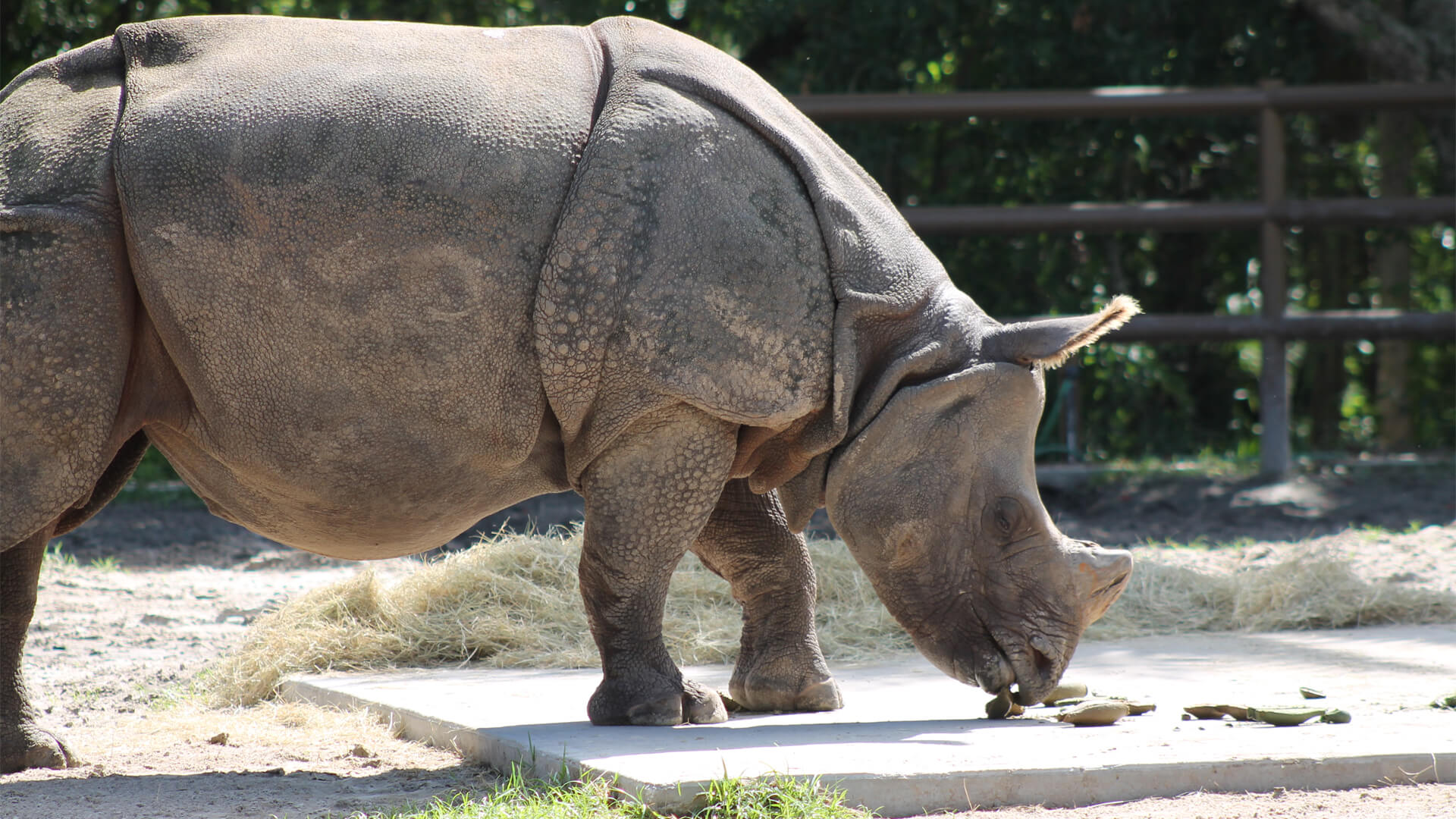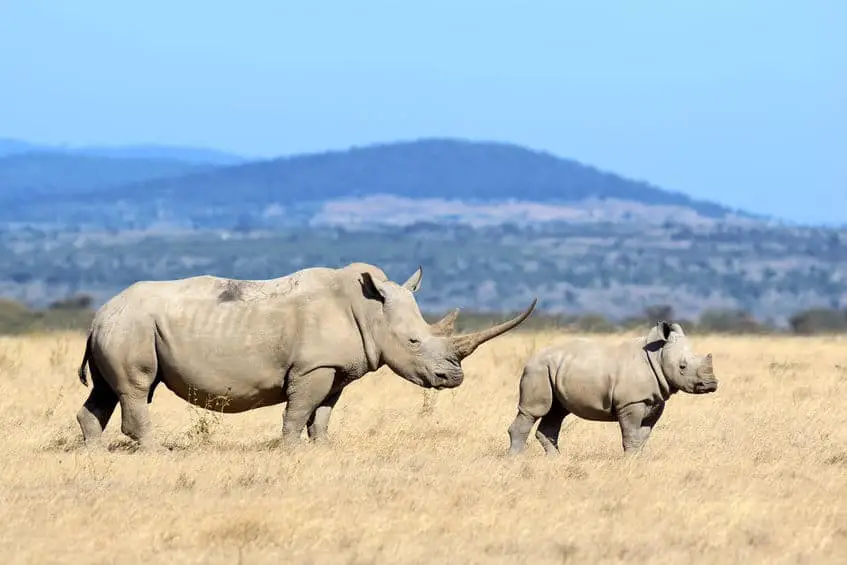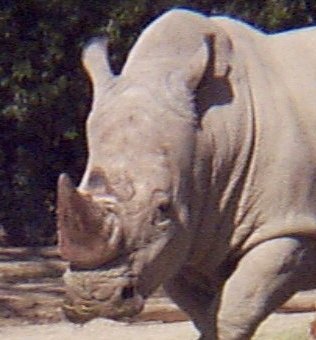
studied some of the same individuals of northern white rhinos and found much greater protein polymorphism, which they attributed to the use of more sophisticated and sensitive methods. Estimates of heterozygosity were low for all rhino taxa examined in their study and less than 0.1% of loci were polymorphic in any of the three taxa. found electrophoretic variation on 25 allozyme loci between northern and southern white rhinos to be unexpectedly low: Nei's distance was 0.005, compared with a distance of 0.32 between Ceratotherium and Diceros. The chromosomes of northern and southern white rhinos apparently do not differ consistently the typical diploid number is 82, but a northern male had 2n = 81 (heterozygous for a Robertsonian translocation) as did his two female offspring. Genetics has become an important criterion in establishing taxonomic identity. The reality of these distinctions needs to be examined. The external phenotypic differences between Northern and Southern forms of White Rhino tentatively raised by Groves have been extended and supplemented by Hillman-Smith and colleagues. Further material and analysis has been published by Guérin –. Detailed information and measurements have been published on a remarkable Early Pleistocene skull KNM-ER 328C this had earlier been reported briefly by Hooijer. The metrical data of Groves, and some collected subsequently, can be re-analysed using sophisticated statistical packages that have become more readily available. In the thirty years since the last taxonomic revision of the White Rhinoceros, genus Ceratotherium, new material and analytical tools have become available, necessitating a reassessment of the taxon.
RHINOCEROS HEIGHT AND WEIGHT DRIVER
The taxonomic status of the Northern form is central to determining its conservation importance and will be a critical driver of efforts to save it. Urgent and concerted effort is required to stave off its extinction. Teetering on the brink of extinction, its in-situ and ex-situ survival hang by a thread. In contrast, the once tolerably numerous Northern form has been reduced to a tiny remnant (less than 20) in the Garamba National Park, Democratic Republic of Congo, and a similar number in two zoos. After recovering from a handful of survivors at the turn of the 20 th century, the Southern form escaped relatively unscathed from the large-scale African rhino poaching epidemic of the 1980s. The black rhino once roamed most of sub-Saharan Africa, but today is on the verge of extinction due to poaching fueled by commercial demand for its horn.As much a cause for celebration the conservation success of the Southern white rhino is, equally shocking and dire is the fate of the Northern white rhino. The horn is also valued in North Africa and the Middle East as an ornamental dagger handle. Many animals have been killed for the hard, hairlike growth, which is revered for medicinal uses in China, Taiwan, Hong Kong, and Singapore.

The prominent horn for which rhinos are so well known has also been their downfall. Females use their horns to protect their young, while males use them to battle attackers.

Rhino horns grow as much as three inches a year, and have been known to grow up to five feet long. Rhino Horn and Threats to Survivalīlack rhinos boast two horns, the foremost more prominent than the other. They may find one another by following the trail of scent each enormous animal leaves behind it on the landscape. Rhinos have sharp hearing and a keen sense of smell.
RHINOCEROS HEIGHT AND WEIGHT SKIN
They often find a suitable water hole and roll in its mud, coating their skin with a natural bug repellent and sun block. Under the hot African sun, they take cover by lying in the shade. Their single calf does not live on its own until it is about three years old.īlack rhinos feed at night and during the gloaming hours of dawn and dusk. Females reproduce only every two and a half to five years. BehaviorĮxcept for females and their offspring, black rhinos are solitary. White rhinos graze on grasses, walking with their enormous heads and squared lips lowered to the ground. They use their lips to pluck leaves and fruit from the branches. Black rhinos are browsers that get most of their sustenance from eating trees and bushes. The difference in lip shape is related to the animals' diets. The black rhino has a pointed upper lip, while its white relative has a squared lip. They are different not in color but in lip shape.

Both black and white rhinoceroses are actually gray.


 0 kommentar(er)
0 kommentar(er)
